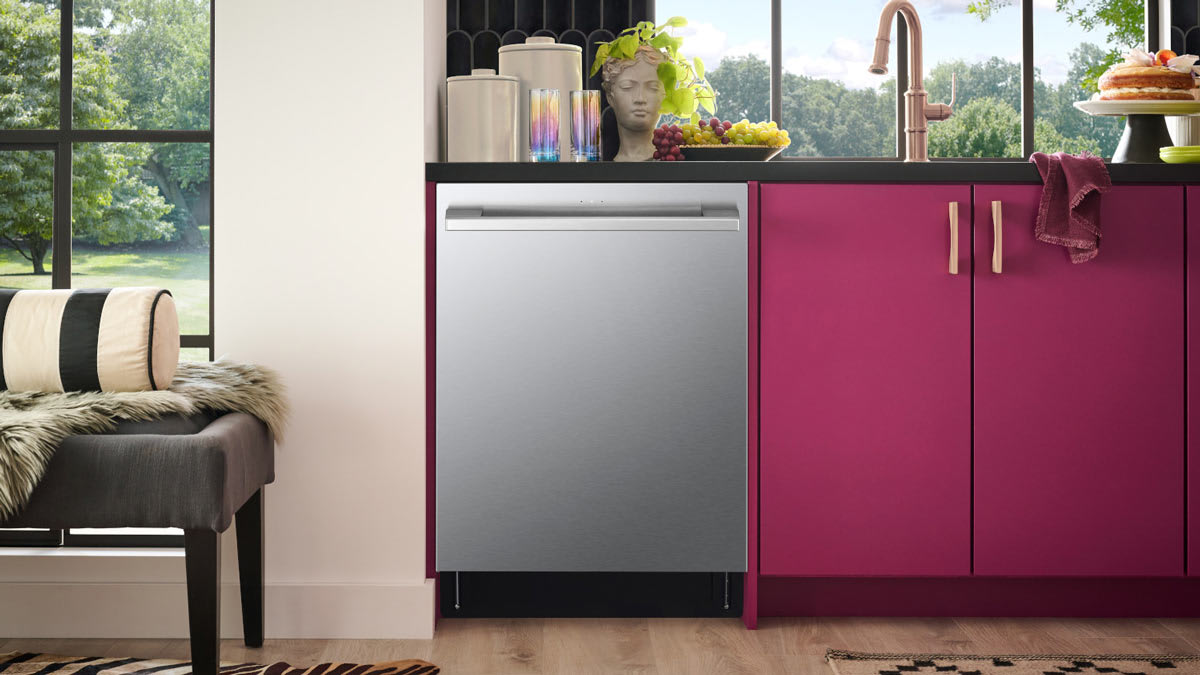Consumer Reports’ test engineers spend about 30 hours testing each dishwasher. To evaluate cleaning performance, dishes are put through a proprietary test that uses photo imaging to determine precisely how clean they are after a standard cycle full of dishes with baked-on food. While previously we only evaluated how well dishwashers cleaned dishes on the lower rack, we’ve now expanded our testing to include the cleaning performance of dishes loaded in the upper rack as well.
Testers also measure energy use and water consumption throughout the process, and they assess how well the dishwasher dries by checking the remaining moisture on plastic items, which are more difficult to dry than glass and ceramic. A listening panel evaluates noise levels throughout. Even if a dishwasher’s cycle runs mostly quietly, any intermittent loud noises (like churning or rattling) are taken into consideration in our noise score. Ease of use, a newly added category in our testing, is evaluated based on how accessible the control panel of the dishwasher is as well as the number of convenient features the model has, such as an adjustable upper rack, a third rack, adjustable tines, ample flatware slots, a delay-start feature, a display that shows remaining time in the cycle, and more.
Source link
